
Cádiz is a city and port in southwestern Spain. It is the capital of the Cadiz Province, one of eight which make up the autonomous community of Andalusia.
Cadiz, the oldest continuously-inhabited city in the Iberian Peninsula and possibly all southwestern Europe, has been a principal home port of the Spanish Navy since the accession of the Spanish Bourbons in the 18th century. The city is a member of the Most Ancient European Towns Network. It is also the site of the University of Cádiz.
Despite its unique site — on a narrow spit of land surrounded by the sea — Cadiz is, in most respects, a typically Andalusian city with a wealth of attractive vistas and well-preserved historical landmarks. The older part of Cadiz, within the remnants of the city walls, is commonly referred to as the Old City (in Spanish, Casco Antiguo). It is characterized by the antiquity of its various quarters (barrios), among them El Populo, La Viña, and Santa Maria, which present a marked contrast to the newer areas of town. While the Old City's street plan consists of narrow winding alleys connecting large plazas, newer areas of Cádiz typically have wide avenues and more modern buildings. In addition, the city is dotted by numerous parks where exotic plants flourish, including giant trees supposedly brought to Spain by Columbus from the New World.
Gadir , the original name given to the outpost established here by the Phoenicians, means "wall, compound", or, more generally, "walled stronghold". The Punic dialect lent this word, along with many others, to the Berber languages, where it was nativised as agadir meaning "wall" in Tamazight and "fortified granary" in Shilha; it appears as a common place name in North Africa. The name of the Israeli town of Gedera has a similar etymology.
Later, the city became known by a similar Attic Greek name, Gádeira, τὰ Γάδειρα. In Ionic Greek, the name is spelled slightly differently, Gḗdeira Γήδειρα. This spelling appears in the histories written by Herodotus. Rarely, the name is spelled Gadeíra ἡ Γαδείρα, as, for example, in the writings of Eratosthenes (as attested by Stephanus of Byzantium).
In Latin, the city was known as Gades; in modern Arabic, it is called قادس, Qādis. The Spanish autonym for a resident of Cadiz is gaditano.

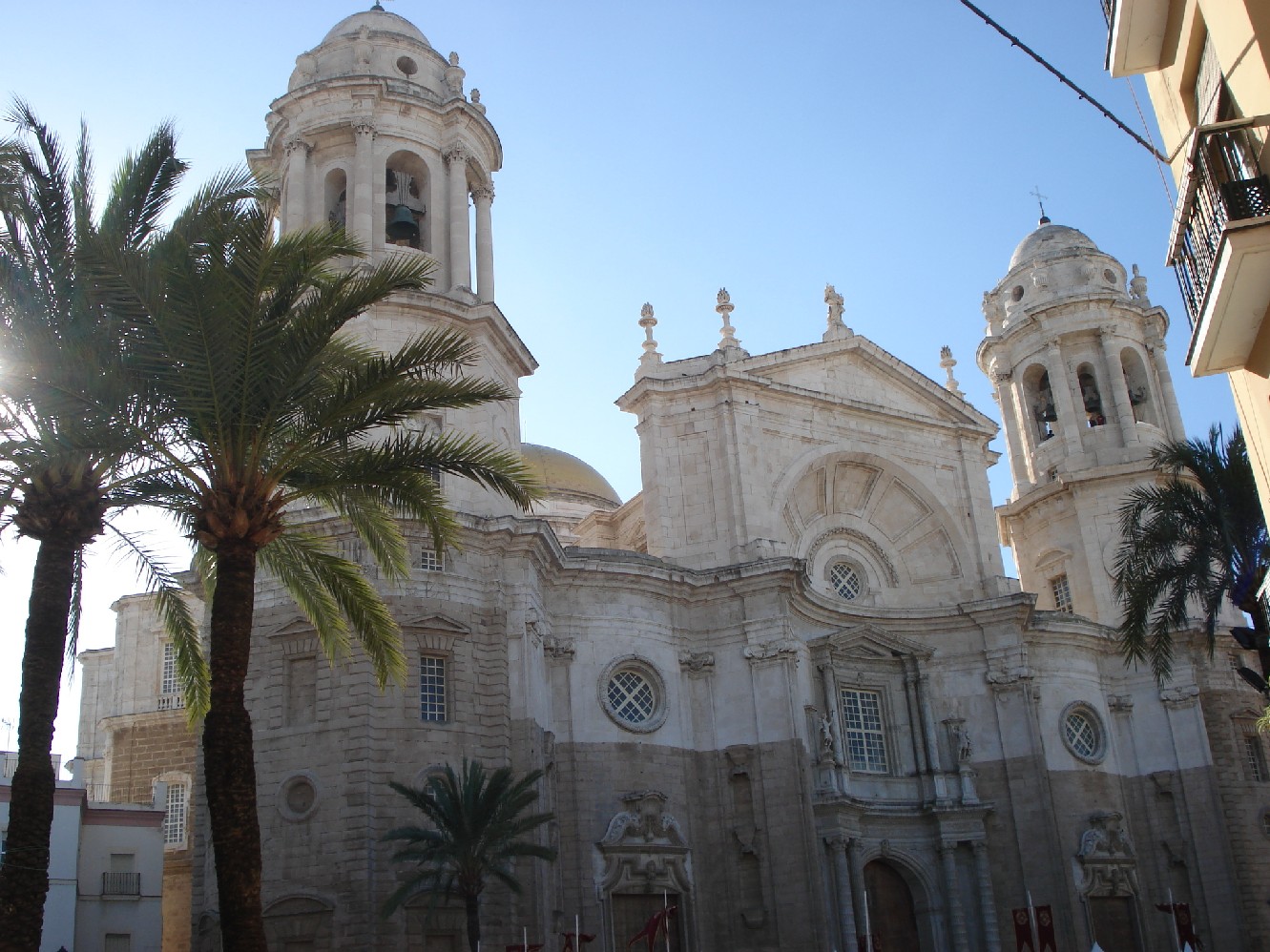
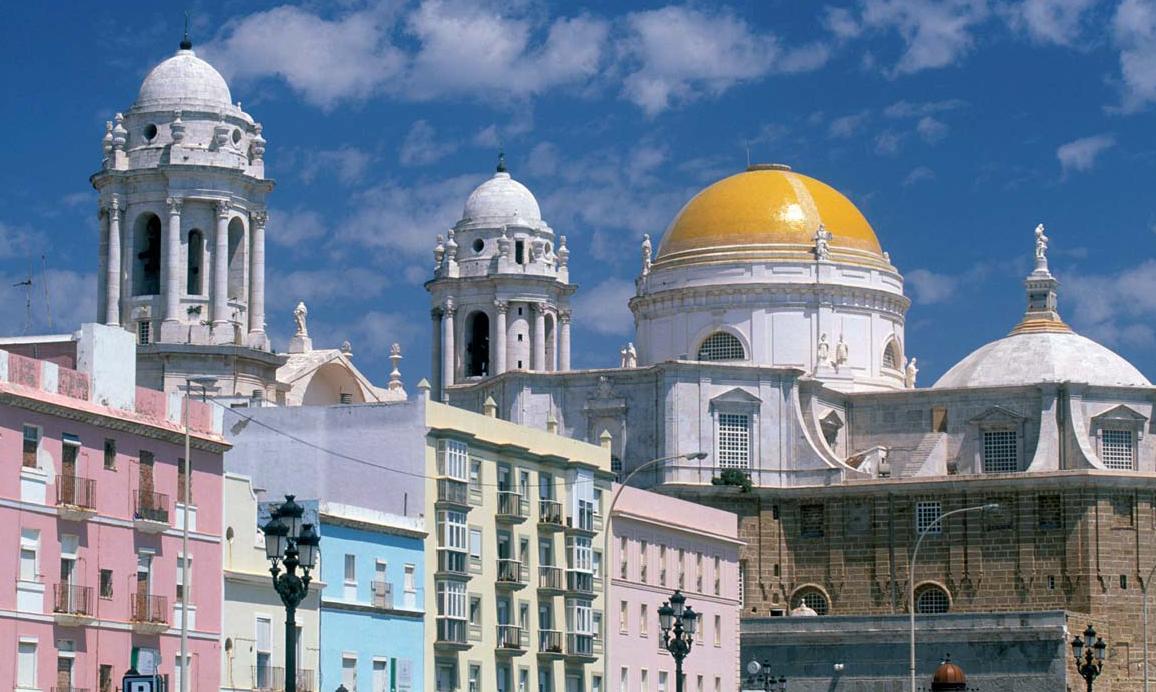


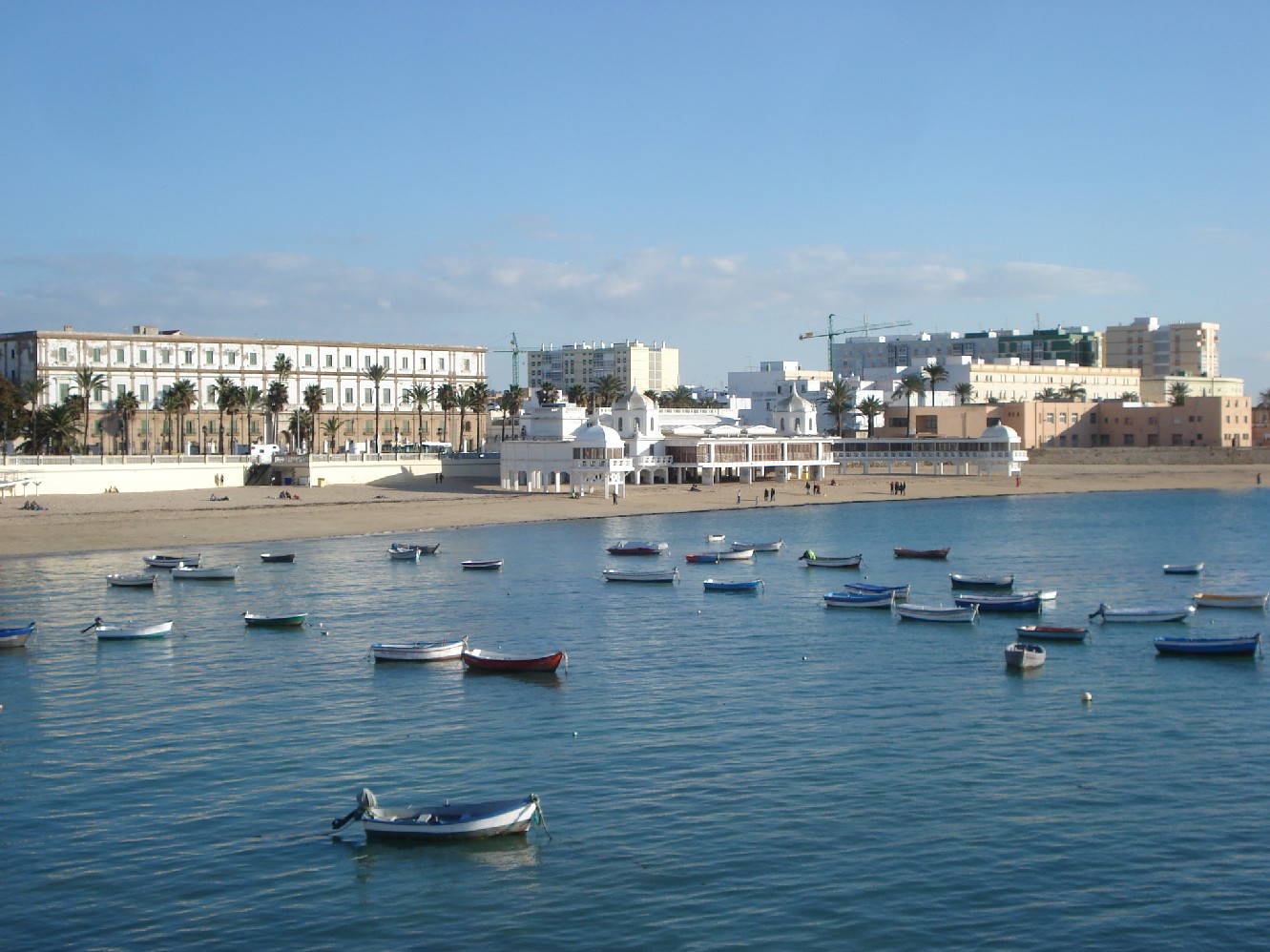
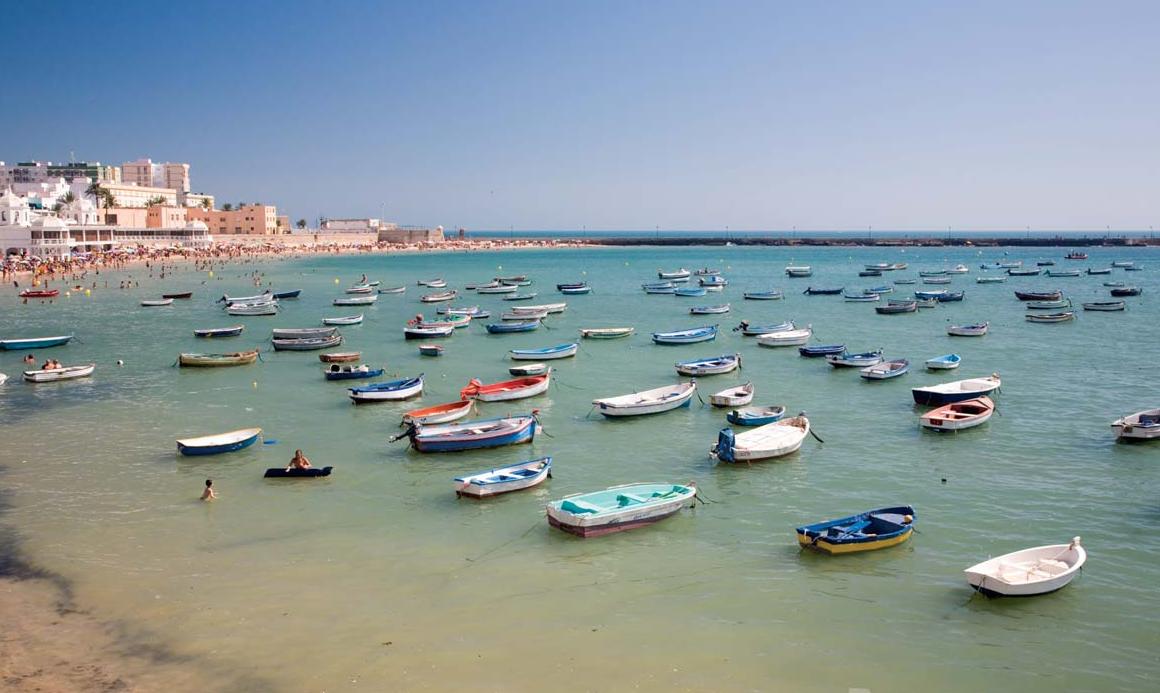
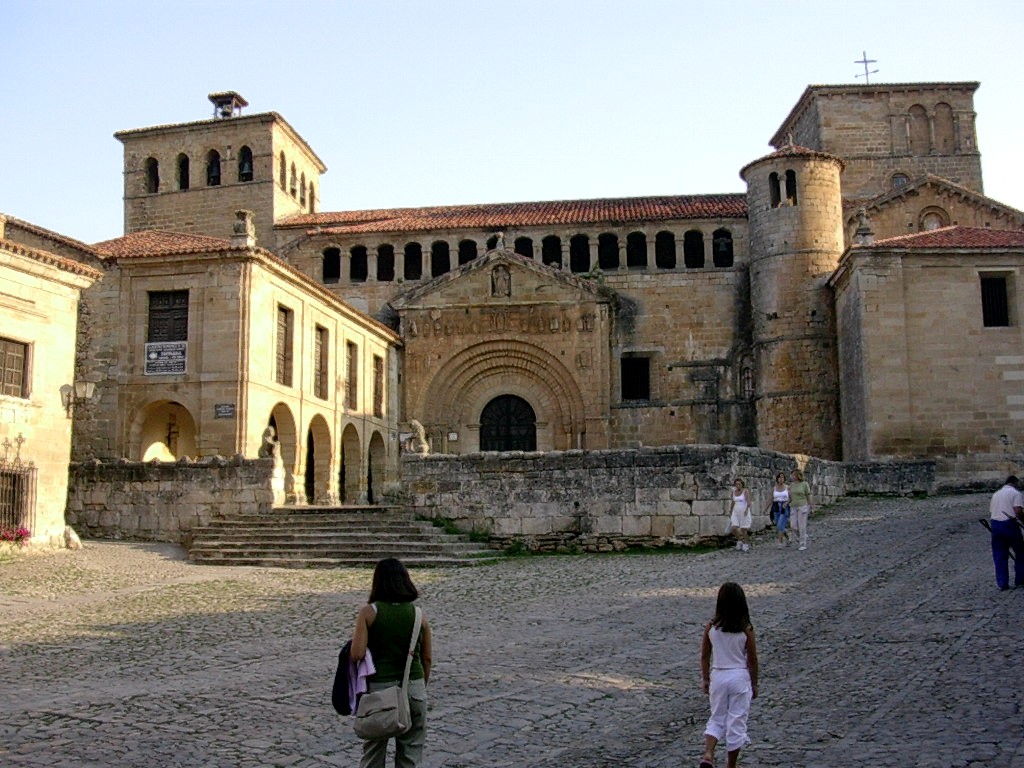









0 comments:
Post a Comment